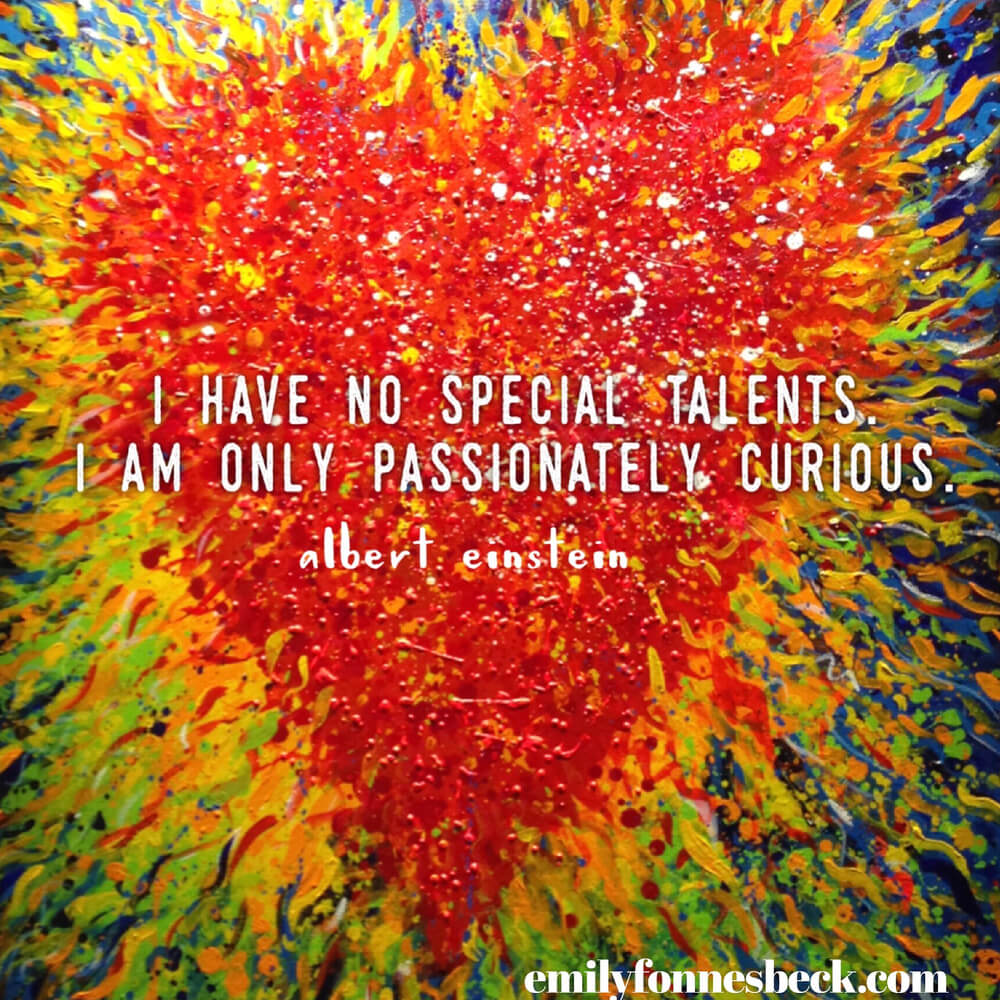Have you ever found yourself contemplating what to eat and feeling like you shouldn’t be eating what you have chosen but not remembering why? Do you feel you might have been on too many diets with too many rules and all that information is getting so jumbled in your head that you have no idea how to even assemble a meal anymore? Do you find yourself frustrated and confused about what to even put on your plate and wondering if it might just be easier to either skip the meal altogether or not give a flying flip about what you eat? If so, it’s probably time to get back to basics.
What are the basics and how do you get back there? It’s reconnecting back to your own internal wisdom, something you were born with and used for quite awhile, or at least until someone or something started telling you what you should or shouldn’t eat. There are two tools to use in order to reconnect with your internal wisdom:
1. Food Neutrality
2. Curiosity

If you have been on diets, “clean eating” plans, food challenges, elimination diets, etc… it’s likely that food has been labeled “good” or “bad”. You’ve likely had lists of foods you can and can’t eat and it’s even more likely they have changed with each diet you’ve tried. It may seem pretty impossible to challenge all of the rules in your head, especially those that were put there by fear – fear of gaining weight, fear of increasing inflammation, fear of causing digestive issues, fear of causing metabolic or hormonal dysfunction, etc. But challenging them is exactly what will lead you to true health and wellness.
It’s possible to find a balance between rigid or chaotic behaviors. What will take you to those types of behaviors the fastest is assigning judgment to food. For example: as soon as you label sugar as a poison, it’s likely that you will completely avoid it or can’t stop once you allow yourself to have it. It’s not the sugar that caused that behavior but the judgment you made about the sugar. By looking at food neutrally, not good or bad, you can avoid rigid or chaotic behaviors. This will not be easy, but the continual practice of bringing your mind away from judgment and the all-or-nothing mentality will make your mind stronger and more resilient. It’s like strengthening a muscle; the more you do it, the stronger it gets and the more integrated and flexible your thinking becomes.
Once you decide to let cookies just be cookies and kale just be kale (not poison and not a miracle), where do you go from there? Once you look at food neutrally, you have put yourself in a position to get curious. As you withhold judgment and just accept what is, you are better able to re-connect with your own wisdom and make a decision that’s in your best interest.
This is the part that people shy away from. Getting curious means you will need to gather data and there will be some trial and error as you start to understand how food feels in your body. Many individuals would rather someone else do the work for them and just don’t want to have to think about it. In my experience, this causes a never-ending cycle of rigid and chaotic behaviors and you end up chasing your own tail. Putting in the hard work of self-awareness means you actually get where you want to go.
As you get curious, there may be foods you find don’t sit well, leave you feeling sluggish or in some way don’t make you feel your best. Observing this allows you to become your own health guru. You are able to be mindful about your choices, checking in with your body to decide what sounds good and how much of it you need. If you find, for example, that a certain food upset your stomach, you can get curious about why. Is it the amount eaten? Did you eat past fullness? Did you wait too long to eat? Is it what you really wanted at the time? Last but not least, is the stomachache caused by guilt or anxiety about the food eaten? Don’t forget to take that into consideration, which I find to be very common.
Allergies and true intolerances aside (and remember that self-diagnosis of those isn’t wise!), I would strongly discourage immediately jumping to the conclusion that you can’t ever eat it, which is likely not the case. Instead, what’s your healthy tipping point? How can you eat it in a way that allows you to feel nourished and satisfied? How can it fit into overall food patterns that feel nourishing and satisfying? And remember – chances are what works for you may not work for someone else. By avoiding buying into what worked for someone else you say yes to the opportunity to learn about YOU. Asking for help from a Registered Dietitian who understands the importance of reconnecting you to your own internal wisdom is highly recommended!
The key here is to start recognizing what your natural hunger and fullness rhythms are and what foods help you feel full, satisfied and energized. This leads to self-trust and confidence that you can make choices that are in your best interest. You become less dependent on others and more self-reliant. And it’s highly probable that those feelings and characteristics will carry over into every other area of your life. That’s pretty awesome to watch.
I invite you to start this very effective practice: keep your mind open and curious. It will take you so far!
